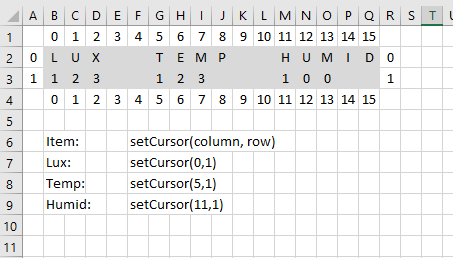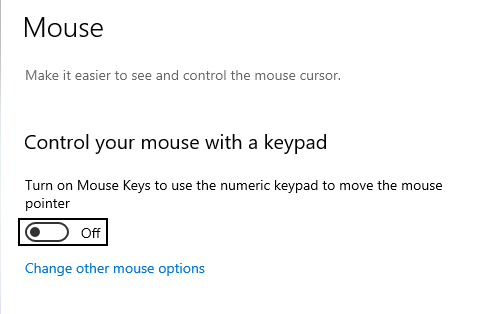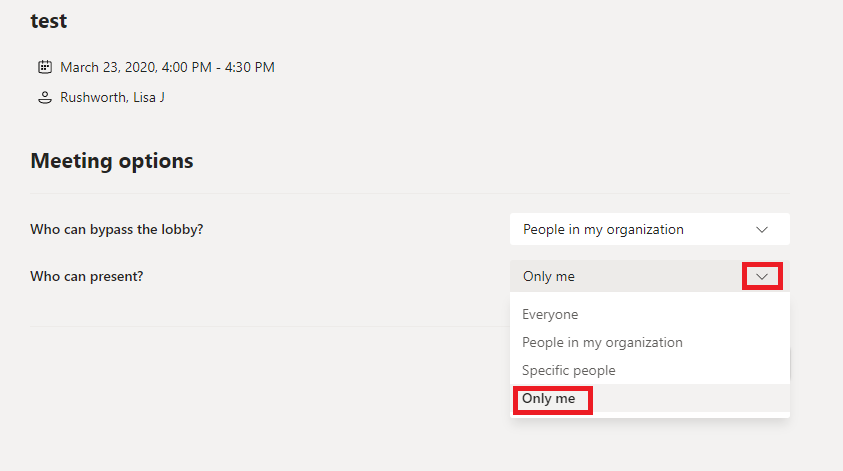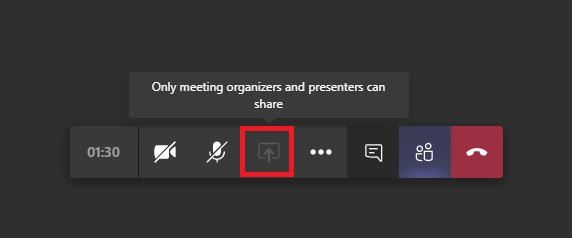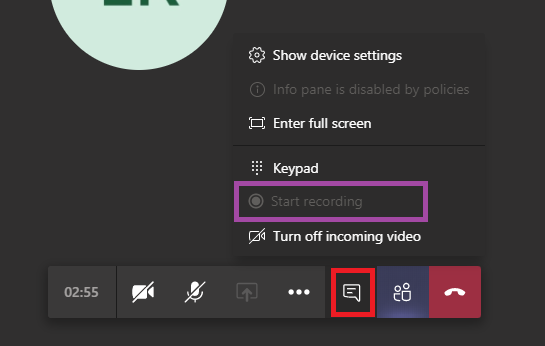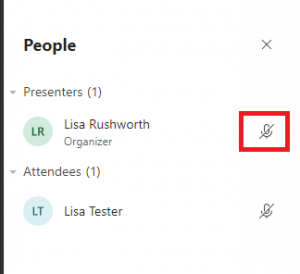I had a horrendous time trying to get the Samba share on our new server working. It worked insomuchas I could map a drive to the share … but I couldn’t actually see any files. Increasing the log level (smb.conf)
log level = 10 passdb:5 auth:5
showed that, yeah, I was getting a lot of access denied errors.
[2019/12/14 23:04:53.249959, 10, pid=17854, effective(0, 0), real(0, 0)] ../../source3/smbd/open.c:5438(create_file_unixpath) create_file_unixpath: NT_STATUS_ACCESS_DENIED [2019/12/14 23:04:53.249982, 10, pid=17854, effective(0, 0), real(0, 0)] ../../source3/smbd/open.c:5716(create_file_default) create_file: NT_STATUS_ACCESS_DENIED [2019/12/14 23:04:53.250012, 3, pid=17854, effective(0, 0), real(0, 0), class=smb2] ../../source3/smbd/smb2_server.c:3254(smbd_smb2_request_error_ex) smbd_smb2_request_error_ex: smbd_smb2_request_error_ex: idx[1] status[NT_STATUS_ACCESS_DENIED] || at ../../source3/smbd/smb2_create.c:296 [2019/12/14 23:04:53.250038, 10, pid=17854, effective(0, 0), real(0, 0), class=smb2] ../../source3/smbd/smb2_server.c:3142(smbd_smb2_request_done_ex) smbd_smb2_request_done_ex: idx[1] status[NT_STATUS_ACCESS_DENIED] body[8] dyn[yes:1] at ../../source3/smbd/smb2_server.c:3304
Many, many iterations of samba configs later, I wondered if SELinux was causing a problem. Temporarily disabling SELinux allowed files to be seen in the mapped drive … so that was the problem. I needed to tweak the SELinux settings to allow Samba to actually share files.
semanage fcontext -a -t samba_share_t "/data(/.*)?"
And
setsebool -P samba_export_all_rw=1
